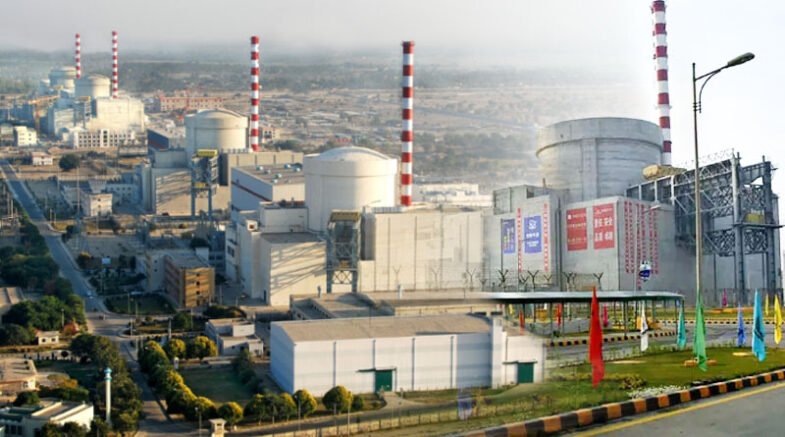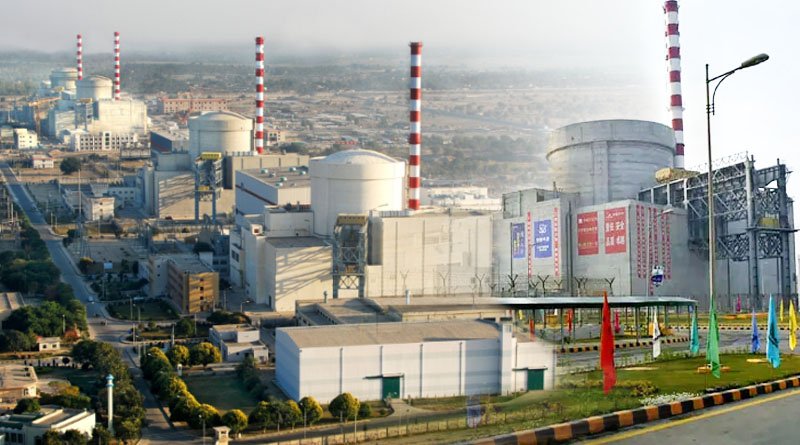The International Monetary Fund’s loan program appears to have restricted the government’s ability to provide the sovereign guarantee.

The construction of C-5, the fifth unit of the Chashma Nuclear Power Generation Station, has been delayed as a result of the Ministry of Finance’s alleged refusal to provide a sovereign guarantee, sources said on Monday.
Subject to the sovereign guarantee, the Chinese partner has agreed to finance up to 85% of the $3.7 billion nuclear power plant with a nameplate capacity of 1,200 megawatts.
Such assurances are intended to reassure the creditor that, in the event that the primary obligor—in this case, the Pakistan Atomic Energy Commission (PAEC)—defaults on the loan repayment, the government will fulfil the obligation.
The International Monetary Fund’s (IMF) loan program appears to have restricted the government’s ability to provide the sovereign guarantee.
The government has presented a Statement of Contingent Liabilities to the National Assembly as part of the 2022–2023 budget. All of the guarantees anticipated to be issued during the fiscal year are included in the list. For the purpose of containing fiscal risks and securing the trajectory of public debt, the government is treating it as a ceiling.
The finance ministry’s spokesperson was unavailable for comment. The proportion of nuclear energy in the country’s energy mix has increased rapidly in recent years. It made up the largest portion of the energy pie in December with a share of 27.1 percent.
The other major sources were hydel, coal, and local gas, with respective contributions of 20.4 percent, 18.1 percent, and 15.1 percent. Due to the addition of new capacities, the amount of nuclear power generation increased by 47.5 percent in December compared to the same month last year.
Nuclear energy was the least expensive energy source in December in terms of fuel costs alone, with an average of just Rs1.10 per kWh compared to Rs11.50 for coal and Rs10.50 for local gas. There are currently up to six nuclear power plants running in the nation. the original nuclear power station,
There are currently up to six nuclear power plants running in the nation. In 1971, Kanupp-1, the world’s first nuclear power plant, began producing 137 MW of electricity. After 50 years, it will be decommissioned in 2021.
Near Chashma, Punjab, the PAEC installed and has been operating four nuclear power plants based on Chinese technology. C-1 and C-2 each have a nameplate capacity of 325 MW and went into operation in 2000 and 2011, respectively. C-3 and C-4 each have a gross capacity of 340 MW and went into operation in 2016 and 2017, respectively.
At Paradise Point, formerly a well-liked public beach on the outskirts of Karachi, PAEC built Karachi Nuclear Power Plant Units 2 and 3. The nameplate capacity of the two units is 1,100 MW each. Electricity production at K-2 and K-3 began in 2021 and 2022, respectively.
With a combined installed capacity of 3,530 MW, the six nuclear plants account for 8.1 percent of the nation’s total nameplate power-generating capacity. With the exception of hydel, the average tariff for all nuclear plants, which includes debt servicing, return on equity, capacity payments, and maintenance fees in addition to the minimal fuel cost, is less than Rs 13 per unit.
Along with building the 1,200 MW C-5, PAEC is also building two 1,400 MW K-4 and K-5 power plants in Karachi. Additionally, it is building two 1,400 MW nuclear plants in Muzaffargarh, Punjab: M-1 and M-2.
